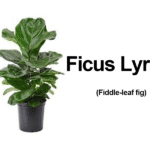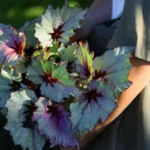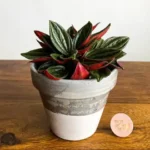Introduction to Plant Propagation Methods
Plant propagation allows gardeners to multiply favorite plants, create identical offspring, and maintain desirable traits. Among many propagation methods, stem cutting and leaf cutting are popular approaches frequently used by home gardeners. Each possesses unique steps, success rates, and suitable plant choices. Understanding these differences helps you select the most reliable method based on plant type and your gardening objectives.
In this article, we’ll explore the detailed comparison between stem cuttings and leaf cuttings, including the pros, cons, suitable plants, specific care needs, and success timelines for propagation.
Stem Cutting: Overview and Considerations
A stem cutting involves removing a healthy section of stem from a mature parent plant and rooting it to produce a new independent plant. Typically, the cutting has several nodes—small bumps or joints on the stem from which new roots and shoots develop.
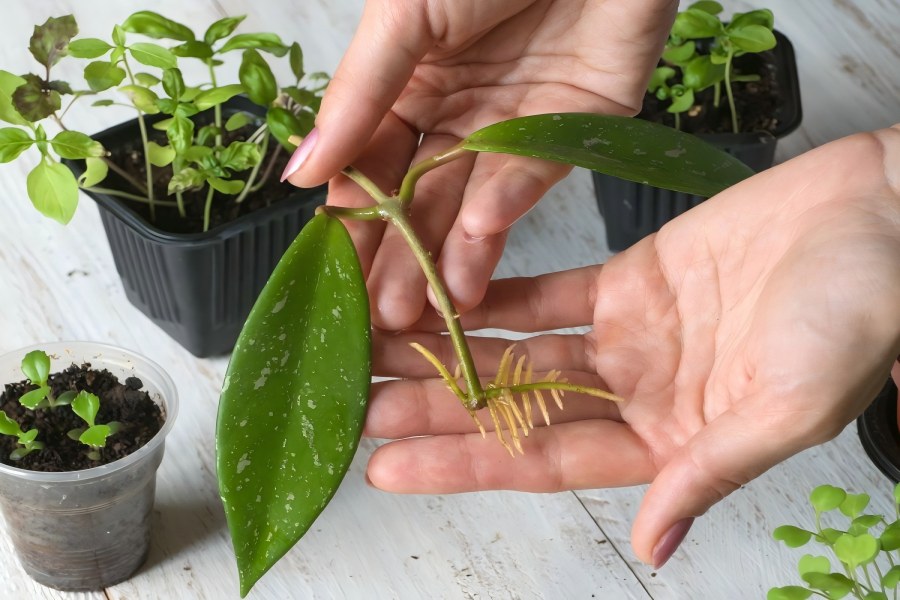
Step-by-Step Guide to Stem Cutting
- Select a healthy parent plant: Choose disease-free and pest-free plants showing robust growth.
- Prepare suitable tools: Use sharp, sterilized pruning shears or scissors to ensure clean cuts without damaging tissue.
- Take the cutting: Trim a 4–8 inch stem section just below a node, ensuring at least one or two sets of leaves remain at the top of the stem.
- Remove lower leaves: Gently remove leaves near the base of your cutting to prevent rotting during rooting.
- Hormone treatment (optional): Dip the cut end of the stem in rooting hormone powder or gel to accelerate root development and improve rooting success.
- Planting the cutting: Insert the cutting approximately 2 inches deep into a well-draining potting mixture or a rooting medium blend (equal parts perlite and peat moss is ideal).
- Create optimal humidity: Cover your stem cutting with clear plastic or place it under a humidity dome, maintaining approximately 70–90% humidity to encourage rooting.
- Daily monitoring: Check moisture regularly and ensure the medium remains consistently moist (but not waterlogged).
Ideal Environmental Conditions for Stem Cuttings
- Light: Soft filtered light of around 8,000–15,000 lux is best—avoid direct sunlight as it may scorch delicate cuttings.
- Water: Maintain moist but not saturated soil. Water your cuttings lightly when the upper inch of soil begins to dry, usually every two to three days.
- Humidity: High, ranging from 70–90% humidity significantly enhances rooting success.
- Temperature: Ideally, keep the environment between 65°F–75°F (18–24°C) for optimal growth conditions.
Timelines & Success Rates for Stem Cutting Propagation
Most stem cuttings, under proper conditions, root within 3–6 weeks. Species like Coleus and Pothos easily root in 2 to 4 weeks, while woody or semi-woody plants like Rosemary may take 5–8 weeks.
Leaf Cutting: Overview and Considerations
Leaf cutting is a technique used for propagating plants capable of regenerating both roots and new growth from leaf tissues alone. Unlike stems, leaf cuttings involve using individual leaves or partial leaves without stem material.
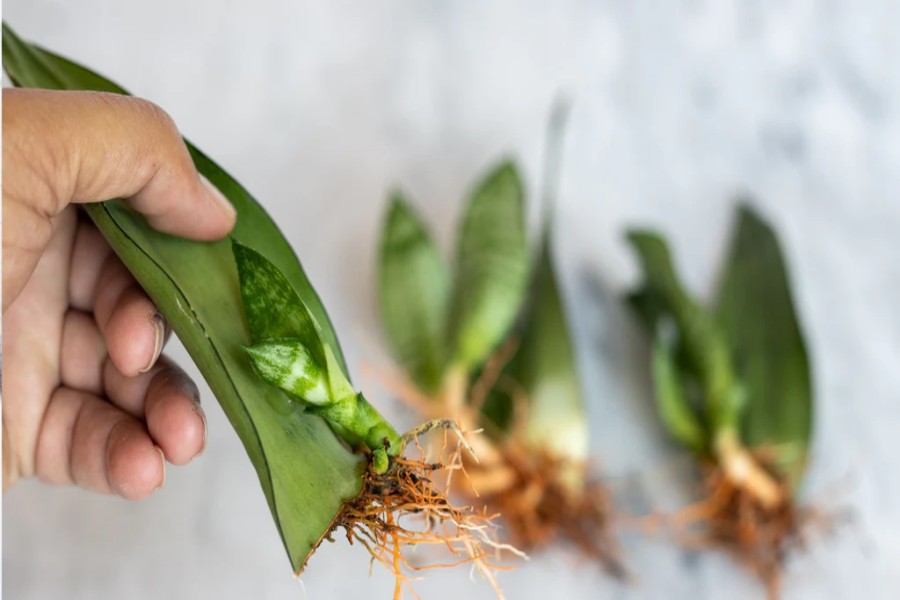
Step-by-Step Guide to Leaf Cutting
- Select compatible plant species: Choose species that reliably root from leaves alone, such as African violets, Begonias, Succulents like Jade plant, Snake plants (Sansevieria), and certain Peperomia species.
- Collect leaves: Identify mature, undamaged leaves and gently remove close to where the leaf joins the stem.
- Leaf preparation: Allow succulent leaves like Jade or Echeveria to form a callus for about 2–7 days to prevent rot. Other leaves (e.g., African violets) may be planted directly into the medium.
- Rooting medium: Use a porous rooting substrate like equal parts perlite and peat moss, cactus soil blend, or a specialized propagation mixture.
- Planting the leaf cutting: Either place the end directly into the medium (e.g., Begonias and Snake plants) or set on top of moist soil (e.g., succulent leaf cuttings).
- Maintain optimum humidity: Increase humidity to 70–85% by using a humidity dome or covering the container with clear plastic wrap.
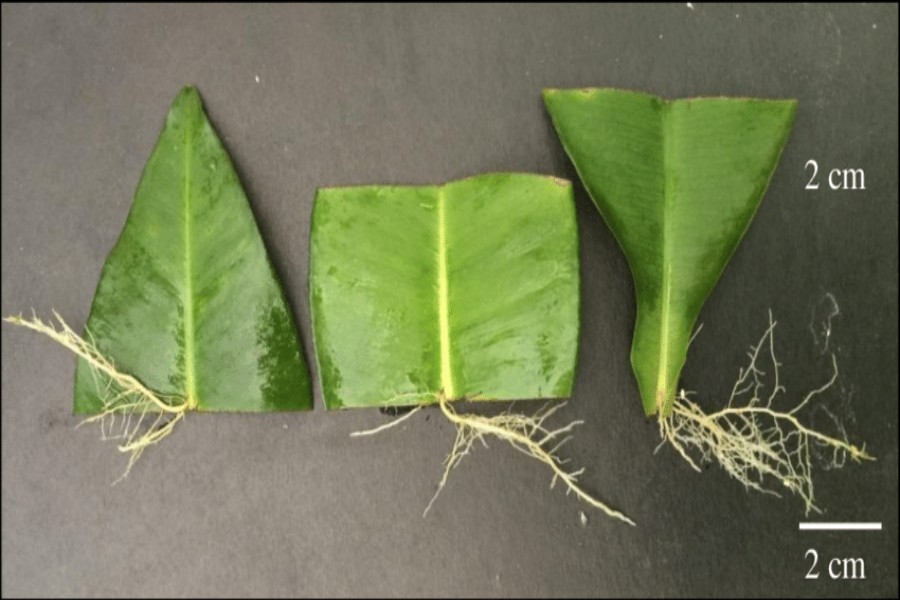
Ideal Environmental Conditions for Leaf Cuttings
- Light: Provide bright, indirect sunlight (8,000–12,000 lux light), avoiding direct sun exposure that can readily damage the fragile cutting.
- Water: Moist soil conditions are key, but overwatering drastically reduces the success rate. A misting spray every 2–3 days works best to retain optimal moisture.
- Humidity: Maintain high humidity between 70–85% during initial root development.
- Temperature: Leaf cuttings root best within 65°F–78°F (18°C–25°C). Temperature fluctuations beyond this range may impair rooting success.
Timelines & Success Rates for Leaf Cutting Propagation
Leaf cuttings typically require somewhat longer time frames than stem cuttings. Rooting and generating a new plantlet can take anywhere between 4 and 12 weeks, depending on species. African violets usually root within 4–8 weeks, while Snake plants and some succulents may require 6–12 weeks.
Stem Cutting vs Leaf Cutting: Pros and Cons
Stem Cutting Pros:
- Generally faster rooting rates (2–6 weeks).
- Works for a broader range of plants, including woody, semi-woody, and herbaceous plants.
- Frequently yields larger, mature plants faster.
Stem Cutting Cons:
- Requires healthy, viable stem material with nodes.
- Higher potential susceptibility to fungal or bacterial infections if overwatered or under incorrect humidity conditions.
Leaf Cutting Pros:
- Allows propagation from leaf tissue alone, useful if minimal plant material is available.
- Effective for most succulents and select houseplants like African violet and Begonia.
- Requires less plant material; a single leaf can potentially produce multiple new plants (e.g., Begonia cuttings divided into sections).
Leaf Cutting Cons:
- Limited suitability—only certain plant species respond reliably to leaf cuttings.
- Usually slower root development and propagation timelines (often 4–12 weeks).
- Smaller initial plantlets that may require longer maturation and additional care.
Visual Comparison Table
- Suitable Plant Types: Stem Cutting → Most woody & herbaceous plants; Leaf Cutting → Select succulents & houseplants.
- Propagation Speed: Stem Cutting → 2–6 weeks on average; Leaf Cutting → Usually 4–12 weeks.
- Initial Plant Size: Stem Cutting → Usually larger growth; Leaf Cutting → Small, slow-growing new plants.
- Disease Risk: Stem Cutting → Moderate risk of infections; Leaf Cutting → Low risk when properly managed.
Conclusion
Both stem cutting and leaf cutting offer valuable propagation options tailored for diverse plant varieties. Stem cuttings provide fast growth, suitability for various plant types, and quicker establishment, ideal for those seeking immediate results. In contrast, leaf cutting is advantageous when limited plant material is available or for specific succulent and leaf-propagable houseplants.
Gardeners seeking rapid propagation and broader plant compatibility typically benefit from stem cuttings, while patient enthusiasts specializing in select species like African violets or succulents would find leaf cuttings more rewarding.
APA References
- Hartmann, H.T., Kester, D.E., Davies, F.T., & Geneve, R.L. (2010). Hartmann & Kester’s Plant propagation: Principles and practices (8th ed.). Pearson Education.
- Bryant, G. (2006). Propagation Handbook: Basic techniques for gardeners. Stackpole Books.
- Toogood, A. (2019). The Complete Book of Plant Propagation. Royal Horticultural Society/DK Publishers.



